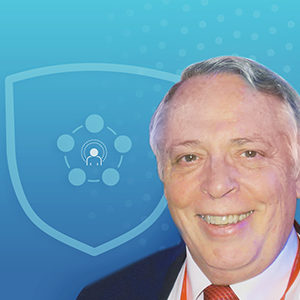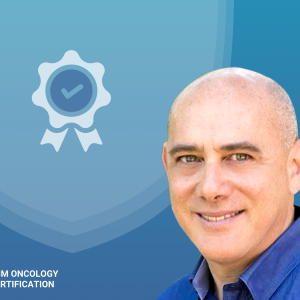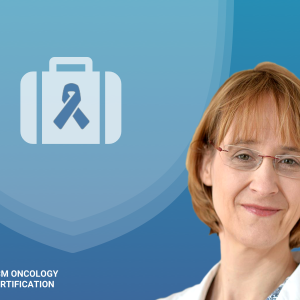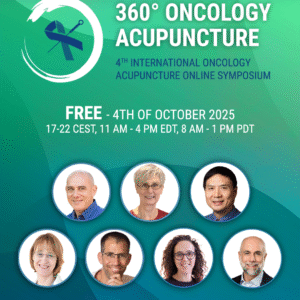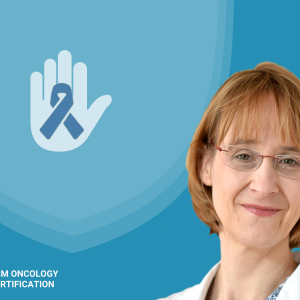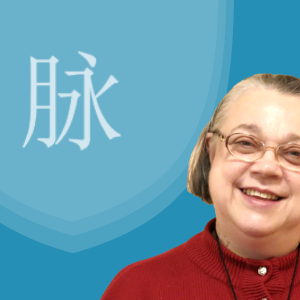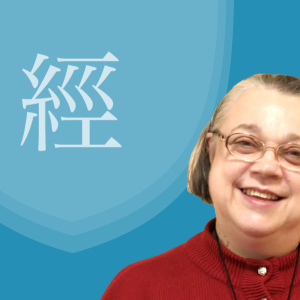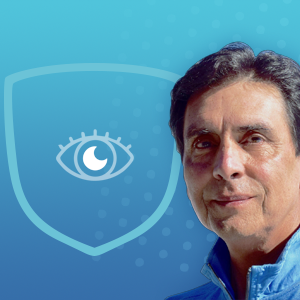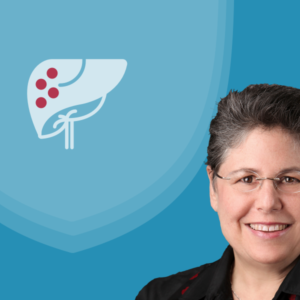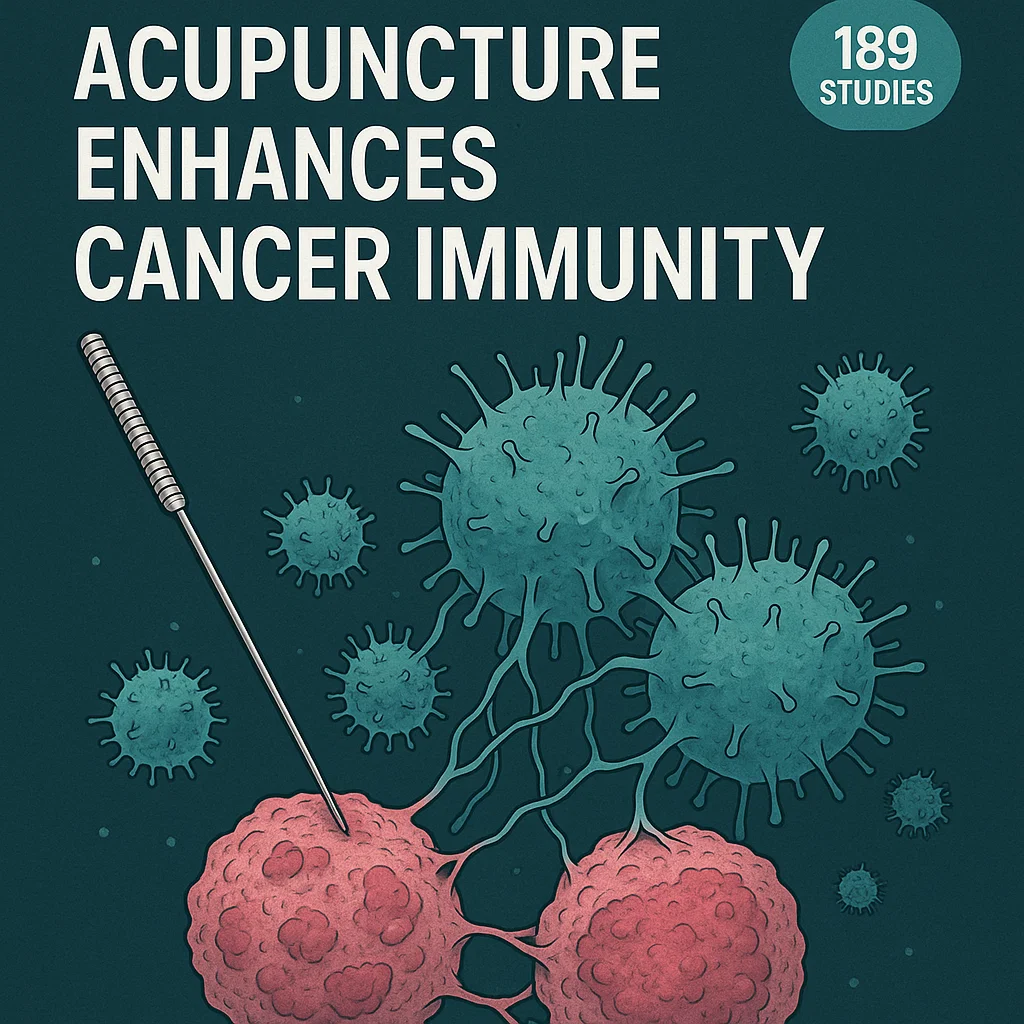Communication is a key to bbeinga successful practitioner. We need to communicate with our patients, the public, other clinicians, and perhaps healthcare policymakers.
How do you communicate TCM to people who have no background in this medicine? How do you break down terms like TCM, Qi, Meridians, Yin and Yang? Which elements of communication affect treatment engagement or outcomes?
The Journal of Health Communication published some research on physician-patient communication looking at what elements affect acupuncture treatment engagement. They found that some of the approaches that can enhance patient engagement are:
- Using shared decision-making, such as giving treatment options
- Not being pushy and using appropriate tone of voice
- Carefully choosing a language (Eastern vs. Western language)
- Explaining treatment outcomes (efficacy and clarity of timing)
- Continuity (speaking with the same physician)
- Flexibility (being responsive to the patient) (Fisher, 2018)
Another way to break down how you communicate is to break down the segments of your treatment sessions, which Alyssa Dazet wrote about in the October 2018 issue of the Journal of Chinese Medicine.
Dazet breaks down the major elements of the first appointment into the agenda, the treatment plan and the reschedule.
The agenda explains to the patient what will happen and when it will happen during the treatment. This ensures that your patients are reassured and relaxed about the treatment and sequence of events – especially if it’s their first time using acupuncture.
A clearly defined treatment plan helps to join the practitioner and patient as a team working together to solve the problem and increase health. When the patient understands what to expect moving forward, it decreases the chances of them stopping treatment too soon and increases treatment outcomes.
At the end of the treatment, it is important to reschedule the patient and close the appointment with clarity on the continuation of treatment, keeping in line with the treatment plan (Dazet, 2018).
Being candid and open throughout the treatment experience generates trust and a good connection with the patient. Check out the scripts Alyssa offers to learn more about improving communication skills in your practice.
Beyond communication of the treatment plan, how do you communicate research and evidence-based practice effectively?
We have a need to be able to communicate with populations other than our patients. For example, how would you convince a non-acupuncturist physician that acupuncture is an appropriate therapy to suggest to their patients? Do you know how to translate research into the evidence-based conversation?
What are some of the best communication tools in your practice? What works for you when communicating with other audiences?
If you want to learn more about how to communicate acupuncture evidence effectively, check out our free course by Sandro Garcia from Evidence-Based Acupuncture.
Or if you are interested in how to learn about communication in an Oncology setting, check out our course by Dr. Julia Hartung MD. She talks about how to recognize certain emotions in yourself and in your patients, as well as how to avoid communication mistakes by being constructive in both verbal and non-verbal communication.

